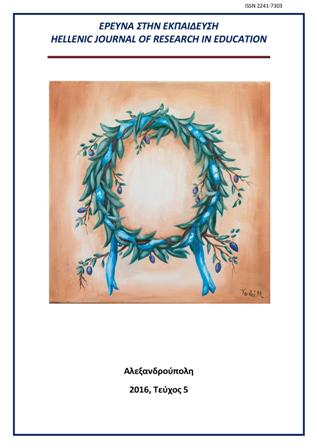Tablets in education. Results from a pilot project for teaching systems of the human body to primary students

Abstract
This study involves the use of a mobile application for teaching facts about the human body systems. The purpose was to examine whether an application that uses 3D models and augmented reality elements, can help students to better understand the functions of the respiratory and circulatory system, and the way these two systems collaborate with each other. In order to examine the above, two groups of 6th-grade students were formed and they were taught using two different teaching methods. The first group was taught using a contemporary teaching method; students worked in groups and the teaching was -up to a degree- technologically enchased. The second group of students used tablets. Each session lasted for four teaching hours. A total of 50 primary school students participated in the study. Data were collected using evaluation sheets and a questionnaire. The findings indicated that the group that was taught using the tablets outperformed the other group. The study demonstrated the positive impact tablets had on students’ performance, and their positive attitudes regarding tablets’ use.
Article Details
- How to Cite
-
Μαστροκούκου Α., & Φωκίδης Ε. (2017). Tablets in education. Results from a pilot project for teaching systems of the human body to primary students. Hellenic Journal of Research in Education, 6(1), 161–178. https://doi.org/10.12681/hjre.13811
- Issue
- Vol. 6 No. 1 (2017)
- Section
- Articles

This work is licensed under a Creative Commons Attribution-NonCommercial-ShareAlike 4.0 International License.
Authors who publish with this journal agree to the following terms:
- Authors retain copyright and grant the journal right of first publication with the work simultaneously licensed under a CC-BY-NC-SA that allows others to share the work with an acknowledgement of the work's authorship and initial publication in this journal.
- Authors are able to enter into separate, additional contractual arrangements for the non-exclusive distribution of the journal's published version of the work (e.g. post it to an institutional repository or publish it in a book), with an acknowledgement of its initial publication in this journal.
- Authors are permitted and encouraged to post their work online (preferably in institutional repositories or on their website) prior to and during the submission process, as it can lead to productive exchanges, as well as earlier and greater citation of published work (See The Effect of Open Access).



